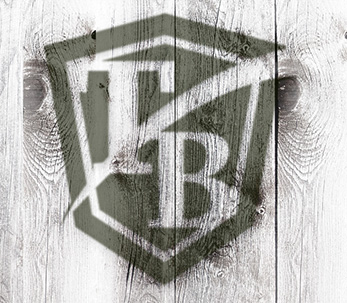Forage FAQs
 What is considered an ideal moisture level for hay?
What is considered an ideal moisture level for hay?
An ideal moisture level for hay is between 15 and 18 percent. Hay leaves that are dryer than this are susceptible to crumbling. Unless hay is treated with a propionic acid preservative (preserving up to 25 percent moisture), higher levels of moisture may cause excessive heat and cause growth of mold.
What causes hay prices to fluctuate so much?
Like anything, hay prices are affected by supply and demand. Weather conditions listed below are one of the greatest contributing factors to determining hay prices to fluctuate from year to year or even throughout the year.
- Drought (locally or in other parts of the country)
- Extended periods of rain or high humidity throughout summer
- Alfalfa freeze outs requiring farmers to replant alfalfa crops in spring
How long will hay keep?
Under the right storage conditions (dry conventional shed), hay can easily be stored for up to 2-3 years, however, the nutritional value will continue to decrease with time.
What do the different values mean on a hay analysis report?
See the article, "Feed Analysis Reports Explained" by the Ministry of Agriculture, Food and Rural Affairs
Is buying hay treated with propionic acid preservative safe for horses?
See the article, "Are Hay Preservatives Safe for Horses?" by TheHorse.com
What are the typical dimensions and weights of different bale sizes?
While bale lengths and weights can vary greatly, listed below are some of the more typical sizes and weights for dry hay.
| Bale Size | Typical Dimensions | Estimated Weight |
| Sm Sq (2-string) (H x W x L) |
14" x 18" x 36" |
35 - 60 lbs |
| Sm Sq (3-string) (H x W x L) |
15" x 22" x 44" | 100 - 140 lbs |
| Med Sq (H x W x L) |
3' x 3' x 8' |
750 - 900 lbs |
| Lg Sq (H x W x L) |
3' x 4' x 8' | 1075 - 1210 lbs |
| Round Bales (W x H) |
4' x 4' 4' x 5' 5' x 5' 5' x 6' |
450 - 600 lbs 570 - 760 lbs 880 - 1180 lbs 1270 - 1700 lbs |

